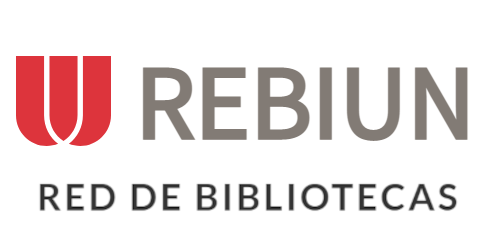Application of Advanced Neuroimaging Techniques in Early Detection and Prognostic Evaluation of Stroke - New Trends and Technological Developments: A Systematic Review & Meta-analysis
DOI:
https://doi.org/10.69639/arandu.v11i2.312Palabras clave:
neuroimaging, stroke detection, prognosis, 60 second diagnosis, advanced techniquesResumen
Advanced neuroimaging techniques have revolutionized how strokes are detected and treated and how early and accurate diagnosis can control symptoms. Tools like Diffusion-Weighted Imaging (DWI) and Perfusion-Weighted Imaging (PWI) are emerged in the medical market and are now being used by clinicians to identify stroke within minutes by mapping ischemic areas and evaluating blood flow. Combined with AI, innovative and advanced technologies now offer even faster and more precise analysis. Techniques like CT Perfusion (CTP) and CT Angiography (CTA) are widely accessible and critical in determining which brain tissue can be salvaged which helps in guiding urgent treatment decisions. Other cutting-edge methods, such as MR Spectroscopy (MRS), give insights into metabolic changes in the brain, while Arterial Spin Labeling (ASL) measures blood flow without the need for contrast agents. Functional MRI (fMRI) is gaining traction, especially in predicting recovery and tailoring rehabilitation plans by mapping brain activity. Development of hyperacute stroke MRI enables comprehensive evaluation within 60 minutes which streamlines acute stroke care and thus, incorporating these novel neuroimaging advancements has improved the precision of stroke diagnosis and prognosis, optimizing treatment options and enhancing patient recovery potential. As AI continues to integrate into these technologies, the future of stroke care looks promising with faster, more accurate, and personalized interventions.
Descargas
Citas
Abbasi, H., Orouskhani, M., Asgari, S., & Zadeh, S. S. (2023). Automatic brain ischemic stroke segmentation with deep learning: A review. Neuroscience Informatics, 3(4), 100145. https://doi.org/10.1016/j.neuri.2023.100145
Ball, E. L., Shah, M., Ross, E., Sutherland, R., Squires, C., Mead, G. E., Wardlaw, J. M., Quinn, T. J., Religa, D., Lundström, E., Cheyne, J., & Shenkin, S. D. (2022). Predictors of post-stroke cognitive impairment using acute structural MRI neuroimaging: A systematic review and meta-analysis. International Journal of Stroke, 18(5), 543–554. https://doi.org/10.1177/17474930221120349
Challa, S. R., Nalamolu, K. R., Fornal, C. A., Baker, I. M., Mohandass, A., Mada, S. R., ... & Veeravalli, K. K. (2024). The paradox of tPA in ischemic stroke: tPA knockdown following recanalization improves functional and histological outcomes. Experimental neurology, 374, 114727.
Facep, E. (2024). Ischemic Stroke: practice Essentials, background, anatomy. https://emedicine.medscape.com/article/1916852-overview
Gaviria, E., & Hamid, A. H. E. (2024). Neuroimaging biomarkers for predicting stroke outcomes: A systematic review. Health Science Reports, 7(7).
Publicado
Cómo citar
Número
Sección
Licencia
Derechos de autor 2024 Carlos Ernesto Delgado Bolaños , Elias David Suarez Vasquez , Sebastián Martino Hidalgo Peralvo, Laura Catalina Pelaez Molano, Melissa Alejandra Alvarez Espinoza , Edinson Yair Perea Gómez

Esta obra está bajo una licencia internacional Creative Commons Atribución 4.0.





















